Best Cheeses for Pizza: Mozzarella & Beyond
What type of cheese goes on pizza? Well, mozzarella cheese is the best cheese for pizza. But American regional tastes—and science—say it’s not the only one. We’ll help you raise your pizza game!
The pizza arrives at your table, its savory aromas only hinting at the toppings and herbed tomato sauce tucked under a blanket of melted cheese…actually, it’s more of a comforter, richly golden and invitingly dappled with toasty browned spots that beckon you to dive in. When the slice is lifted from the rest of the pie, those gorgeous elastic strands follow it from the pizza pan to your plate like harp strings of heavenly flavor: flavor that more than delivers on the promise offered by the appearance and texture.
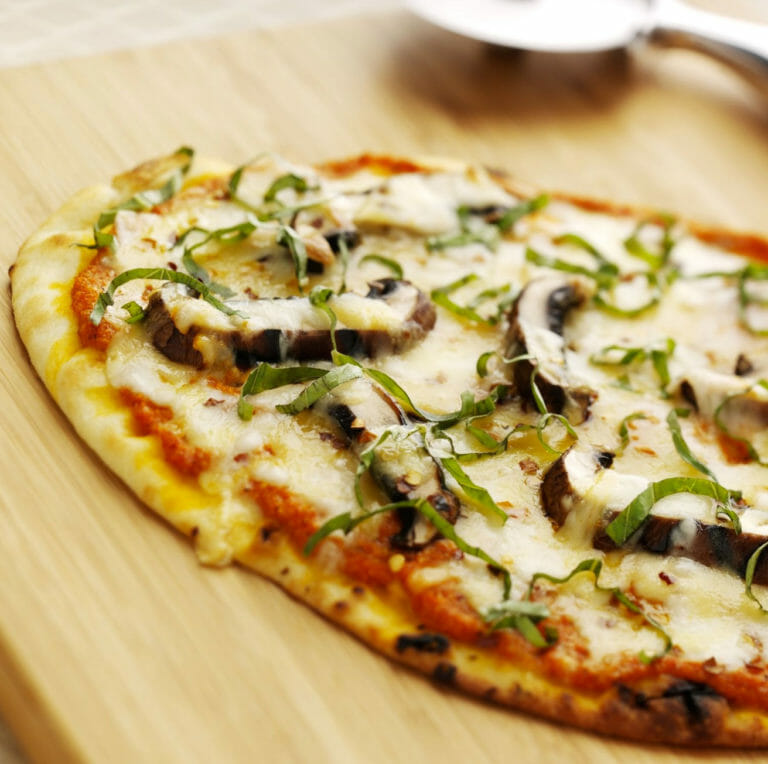
This is why people love pizza, and it’s why so many pledge their loyalty to the pizza parlor that delivers just the right experience. For some it’s the crust; others swoon for a particular sauce recipe…but just as likely it’s the perfect combination of cheeses for pizza.
But wait—isn’t pizza cheese just mozzarella? Not at all…but of course, any discussion of the best cheese for pizza has to start with mozzarella. After all, mozzarella is the most popular cheese in America, and it’s all because of pizza. (The most popular cheese for snacking is Cheddar.)
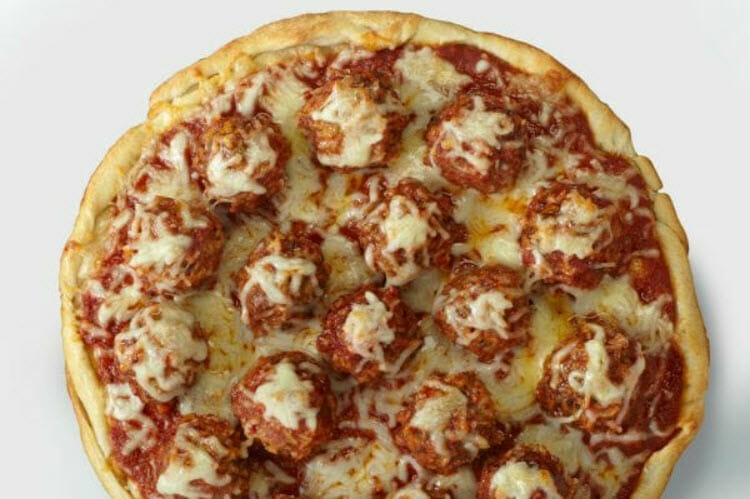
Lots of Mozz (Mozzarella)
Mozzarella is considered the best cheese for pizza for a few reasons: its delicate, milky flavor, its smooth, elastic texture, and its fabulous meltability. The texture comes primarily from the fact that it is a pasta filata-type cheese (“spun paste” in Italian). These cheeses are kneaded during manufacture to give them a stretchy consistency that results in those delectable strands we know and love.
There are several different types of mozzarella: whole-milk and part-skim, fresh and aged, and mozzarella di bufala, the Italian original made from the milk of domesticated water buffalo. Since there aren’t very many water buffalo in the United States, you can assume your Wisconsin mozzarella came from a cow – likely a Holstein.
Fat and calories aside, the main difference between whole-milk and part-skim mozzarella is that the whole-milk version melts better, while part-skim browns faster. Neither is better; it really depends on what you want your cheese to do.
As for fresh vs. aged, again, it’s a matter of preference. Purists tend to prefer fresh mozzarella—either di bufala or the cow’s-milk version, fior de latte—because it’s what was used on the original Pizza Margherita in Naples, Italy. This pizza, named for Queen Margherita of Savoy in the 1880s, represents the colors of the Italian flag: red (tomato), white (mozzarella) and green (basil). Those are the only three toppings. The sauce is a simple marinara with oregano and garlic, and the mozzarella and basil are both fresh, so they are as white and green as possible. This pizza does not contain an abundance of cheese as we tend to use in America, as you want all three colors to shine through.
One thing many pizza lovers don’t like about the classic Margherita, however, is the fact that water from the fresh mozzarella tends to spread, form puddles and soak into the crust. While many pizza customers find this soggy middle to be the benchmark of a true Neapolitan pie, most people prefer the saltier flavor and easy melting of a lower-moisture aged mozzarella. In fact, our friends at Bon Appétit came out rather strongly in favor of low-moisture mozzarella. Those who like a crispy crust are especially better off saving the fresh mozzarella for Caprese salad rather than pizza.
So that’s the story on mozzarella…but mozzarella is only part of the perfect pizza story.
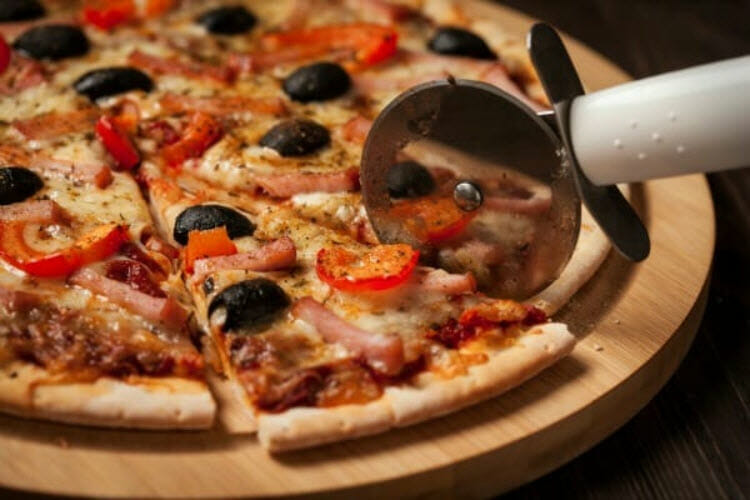
The (Other) Best Cheeses for Pizza
Truth be told, mozzarella can be a bit bland. In general, this is good because it lets the other ingredients’ flavors shine through…but many pizza chefs like to blend mozzarella with other cheeses for a deeper cheese experience.
Turns out that scientists have actually done a study on the best cheeses for pizza. (Oh, to have been a part of that study.) A team of researchers at the University of Auckland tested seven cheeses—mozzarella, provolone, Cheddar, Colby, Edam, Emmental, and Gruyère—for factors like moisture, free oil content, and elasticity. High-moisture cheeses release more steam, causing bubbles (blisters) that brown. Oils, however, lead to less browning because they prevent moisture from easily evaporating. And less-elastic cheeses brown less because the blisters don’t form.
Their findings? Mozzarella is still the best pizza cheese because of all the above factors, but it’s best to add one or more of the others depending on how you want it to melt and perform.
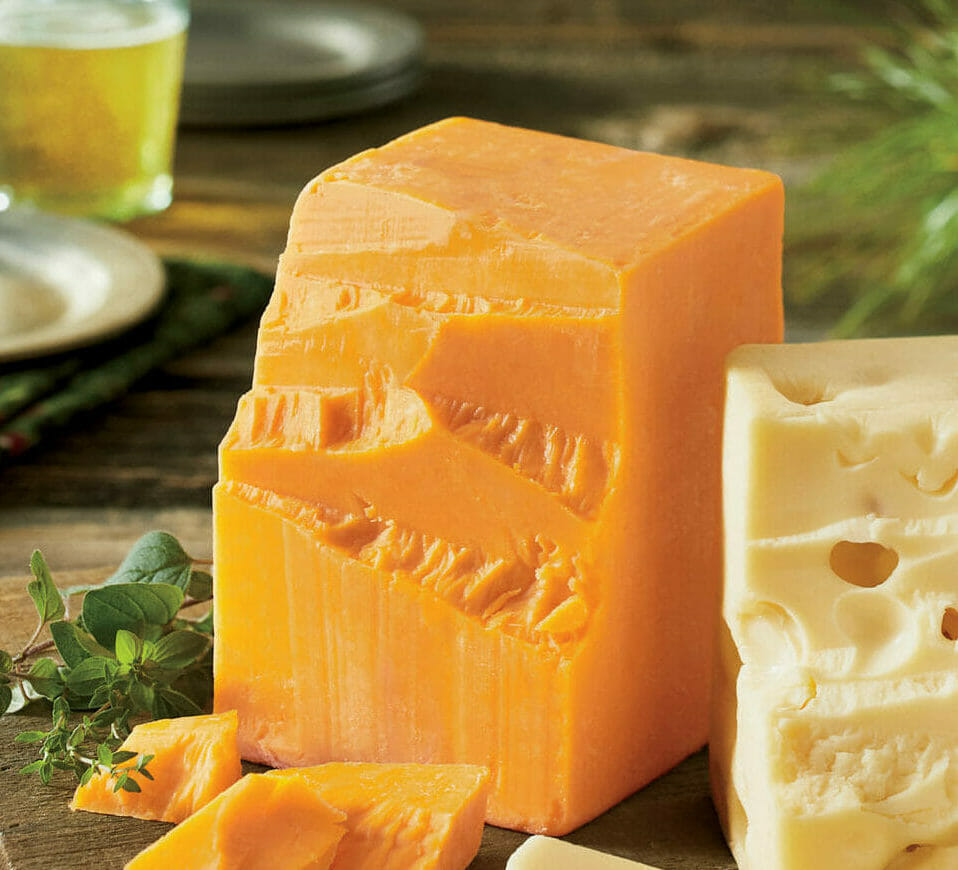
Cheddar Cheese
Cheddar cheese, on the other hand, results in less blistering and more uniform color due to its “small elasticity”. Cheddar cheese is a popular choice for pizza toppings due to its sharp and tangy flavor that pairs well with a variety of other ingredients. Made from cow’s milk, cheddar cheese is a semi-hard cheese that is aged for different lengths of time, ranging from mild to extra sharp. Its creamy and crumbly texture melts well and evenly over pizza, creating a deliciously gooey and savory layer. Cheddar cheese can be used alone as a pizza topping or in combination with other cheeses such as mozzarella for added depth of flavor. Its versatility and distinctive taste make cheddar cheese a favorite among pizza lovers.
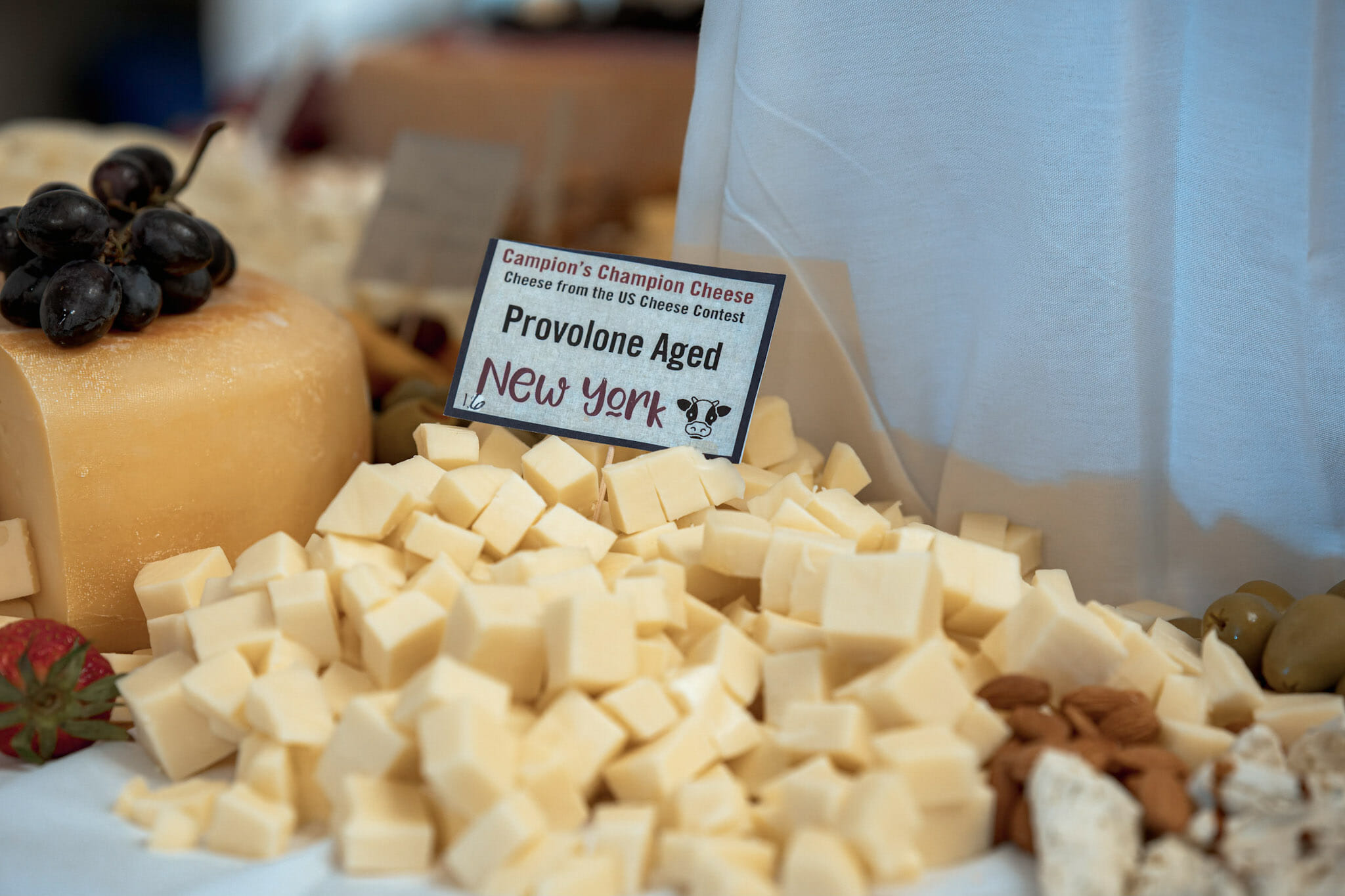
Provolone Cheese
Provolone, for example, is a pasta filata cheese like its cousin mozzarella; it exhibits similar stretchy-stringy properties and smooth texture, yet adds a bit more tangy flavor due to a longer aging process. And because it produces more oil (as does Gruyère), it leads to a less browned top and a smoother texture. Provolone cheese is a semi-hard cheese that originated in southern Italy. It is often used in combination with other cheeses for added flavor and depth. Provolone cheese also comes in different varieties such as smoked or aged, each with their unique flavor profile. Its versatility and mild taste make it a favorite among pizza lovers and a great cheese option for those looking for a classic, delicious pizza topping.
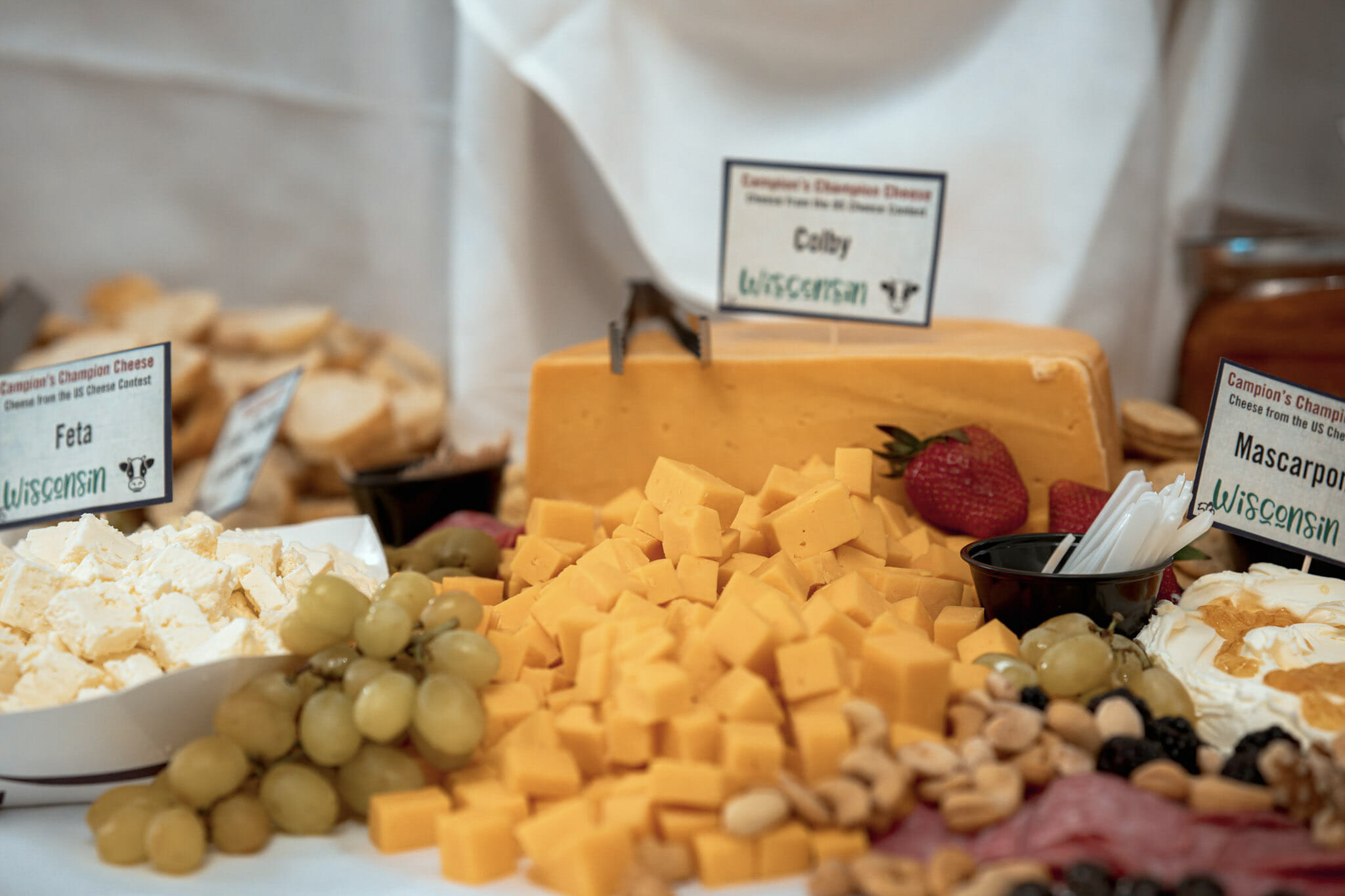
Colby Cheese
Colby cheese is another great cheese option for pizza toppings. Colby is similar to cheddar in it experiences less blistering and develops a more uniform color. It is a semi-soft, mild cheese that originated in Wisconsin and is similar to cheddar cheese. Colby cheese has a slightly sweet and nutty flavor with a soft, smooth texture that melts well on pizza. It is often used in combination with other cheeses, such as Monterey Jack or mozzarella for a more flavorful pizza. Colby cheese is an excellent choice for those who prefer a milder taste and a creamier texture. Its versatility makes it a perfect cheese for both traditional and unique pizza toppings, making it a favorite among pizza enthusiasts.
Edam Cheese
Edam cheese is a semi-hard cheese that originates from the Netherlands and is a lesser-known option for pizza toppings. Like cheddar and colby, it is also a great “melter.” It has a mild, slightly nutty flavor and a firm, smooth texture that makes it a great cheese for slicing and shredding. Edam cheese has a pale yellow color and a distinctive red wax rind that adds visual interest to pizza toppings. Its creamy texture and mild flavor make it an excellent cheese option for those who prefer a more subtle taste. Edam cheese is often used in combination with other cheeses, such as Gouda or mozzarella for added flavor and texture. While it may not be as popular as other pizza cheeses, edam cheese is a great option for those looking for something new and unique to add to their pizza toppings.
Monterey Jack
Monterey Jack cheese is a semi-hard cheese that originated in California and is a popular choice for pizza toppings. It has a mild, creamy flavor with a slight tang that makes it a versatile cheese for a variety of pizza toppings. Monterey Jack cheese has a smooth texture that melts easily and evenly over pizza, creating a deliciously gooey layer. It is often used in combination with other cheeses such as cheddar or mozzarella for added flavor and depth. Monterey Jack cheese can also be infused with other ingredients such as jalapeños or herbs for added flavor and spice. Its mild taste and creamy texture make it a favorite among pizza lovers, and it is a great cheese option for those looking to add a unique flavor to their pizza.
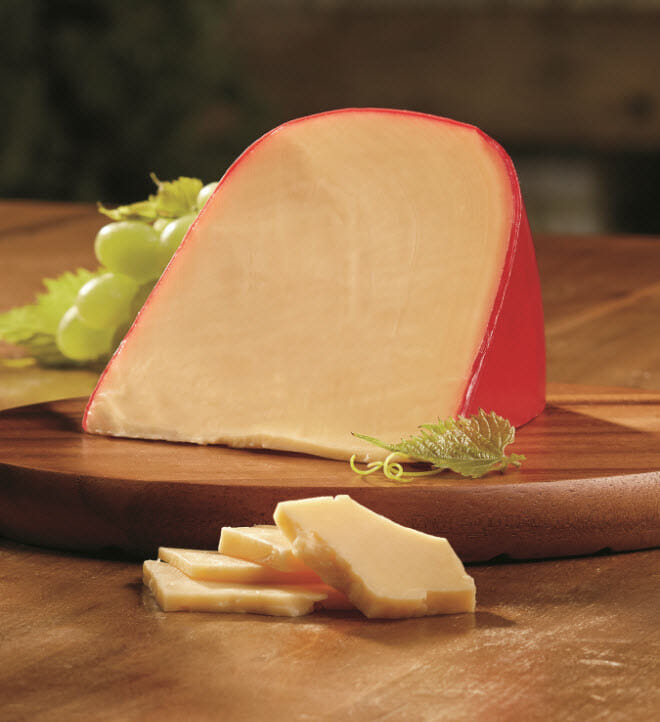
Gouda Cheese
Gouda cheese is a semi-hard cheese that also originated in the Netherlands, like edam. It has a rich, buttery flavor with a slightly sweet and nutty taste that makes it a versatile cheese for pizza. Gouda cheese has a smooth texture that melts well on pizza and creates a deliciously creamy layer. It is often used in combination with other cheeses such as mozzarella or parmesan for added flavor and complexity. Gouda cheese comes in different varieties such as smoked or aged, each with their unique flavor profile. Its distinct flavor and texture make it a popular cheese option for those looking for something different and flavorful for their pizza toppings.
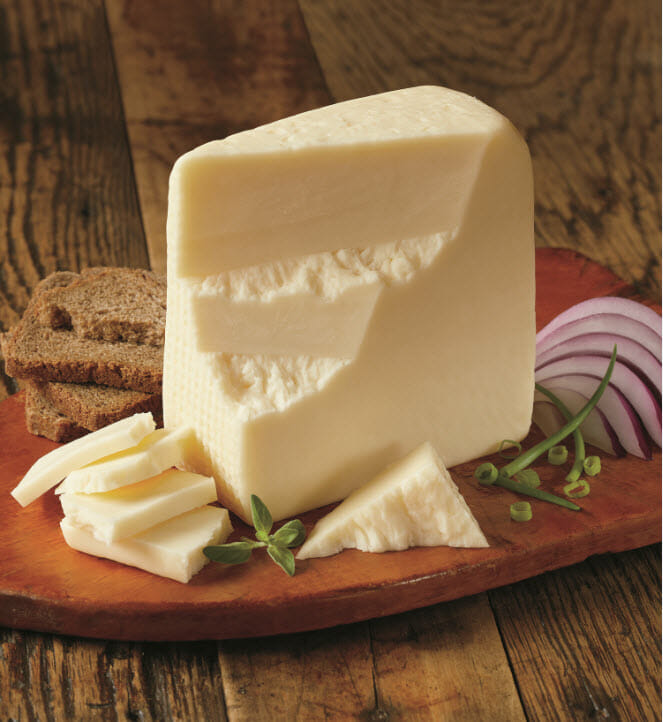
Brick Cheese (in Detroit!)
Another type of cheese that can be found on pizza—in certain areas—is Wisconsin brick cheese. And by certain areas, we mean specifically Detroit. For some reason, pizza makers in Detroit add brick cheese to their regular mozzarella. Some build their pizzas as usual, while others build them in reverse, adding cubes of brick directly to the top of the crust before adding sauce and toppings. Caution: We are NOT talking about German-style Brick. This cheese is smear-ripened similarly to its cousin, Limburger, and is meant to be used accordingly. There is actually a recipe for Limburger pizza, and you could certainly substitute German-style Brick in the recipe, but if someone is expecting Detroit-style pizza, they would be in for a pungent surprise!
If you can’t find regular brick cheese, you can blend your mozzarella with Muenster, Monterey Jack, or farmer’s cheese.
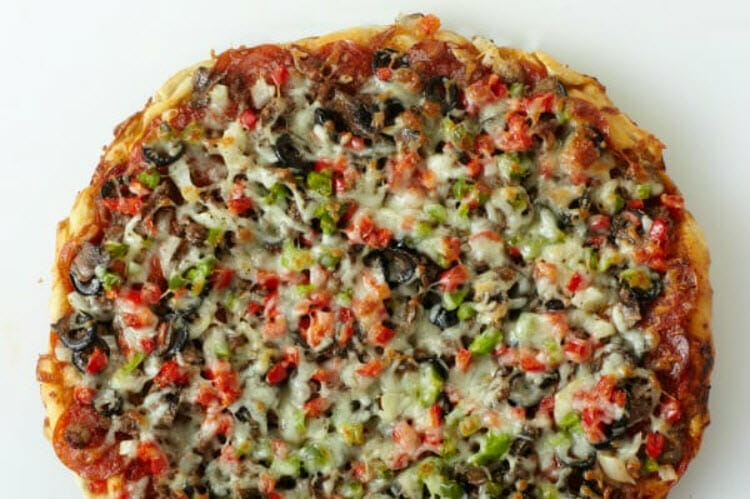
Best Pizza Cheese Blend
So how do you create the best cheese for pizza? Depends on what you’re looking for.
There are many different cheese blends that can be used for pizza toppings, depending on personal preference and taste. Here are some of the most popular cheese blends for pizza:
- Mozzarella and Cheddar: This blend combines the mild, creamy taste of mozzarella with the sharper, tangy flavor of cheddar for a flavorful and gooey pizza topping.
- Four Cheese Blend: This blend usually combines mozzarella, asiago, provolone, and either cheddar or gouda for a complex and flavorful pizza topping that is perfect for cheese lovers.
- Ricotta and Mozzarella: This blend combines the creamy, smooth texture of ricotta cheese with the gooey, stretchy texture of mozzarella for a deliciously rich and indulgent pizza topping.
- Gouda and Mozzarella: This blend combines the rich, buttery taste of gouda with the creamy and mild taste of mozzarella for a unique and flavorful pizza topping.
Ultimately, the best cheese blend for pizza is a matter of personal preference, and experimenting with different combinations is the best way to find your perfect pizza topping.
Just as Detroit has its own style of pizza, so does St. Louis. St. Louis-style pizza typically features a very thin, unleavened, cracker-like crust and is cut in squares (known as a “party cut” or “tavern cut”). But the main distinguishing feature of St. Louis pizza is the cheese: namely, Provel. This white pasteurized processed cheese is similar to Velveeta, with a low melting point, and is processed from Cheddar, Swiss, and provolone cheeses. Provel is rarely found outside the St. Louis area, so if you want to try to duplicate the flavor—you won’t be able to duplicate the texture—of St. Louis pizza, substitute a blend of Baby Swiss, white Cheddar, and provolone.
Play around with different combinations of cheese and find the blend that suits your personal taste. You’ll be making the best pizzas of your life!
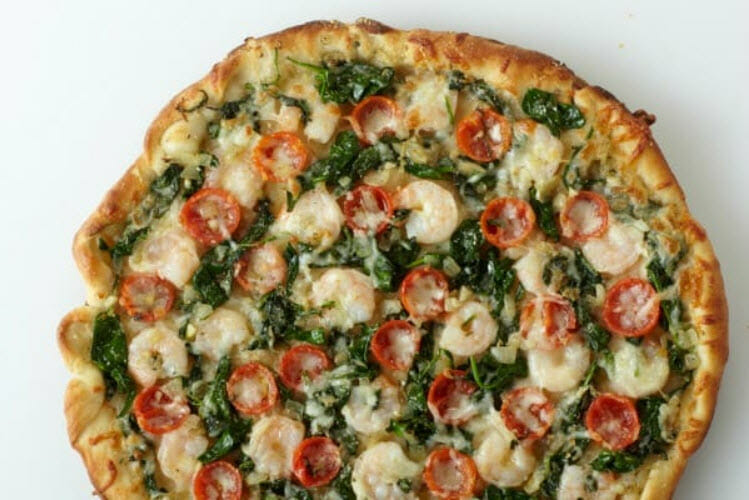
What Cheese NOT to put on Pizza?
One cheese that is not recommended, however, is Parmesan.
Whoa, hold on a minute! Then why are all those shakers of grated Parmesan on every pizzeria table?
Let us clarify: Parmesan should never be added to your mix of cheeses for baking. Because of the dryness of this hard cheese, it won’t melt…and its delicate flavor is ruined by high heat. Yes, Parmesan cheese does belong on your pizza—but it should be freshly grated or shaved as a garnish on top of a pizza that’s just been baked.
You are now armed with a deep knowledge of the best cheese for pizza. Experiment in the pizza kitchen and decide what YOUR favorite pizza cheese (or cheese blend!) is.

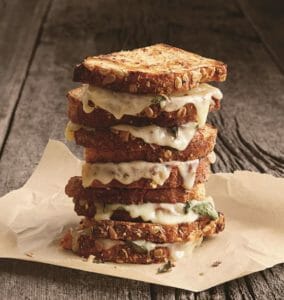
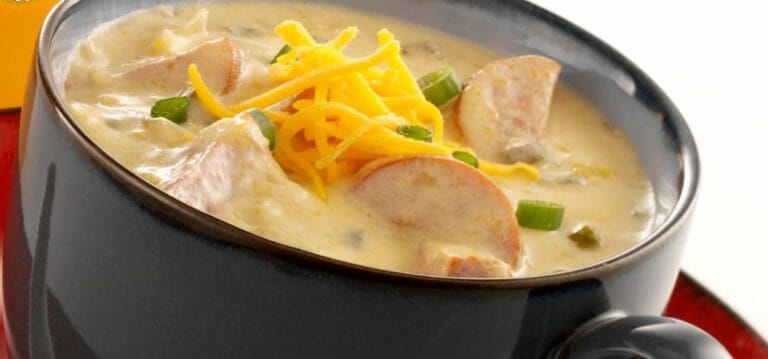
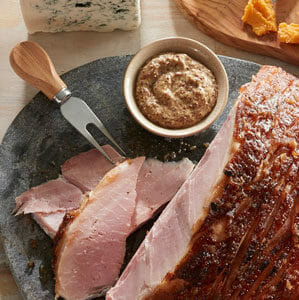
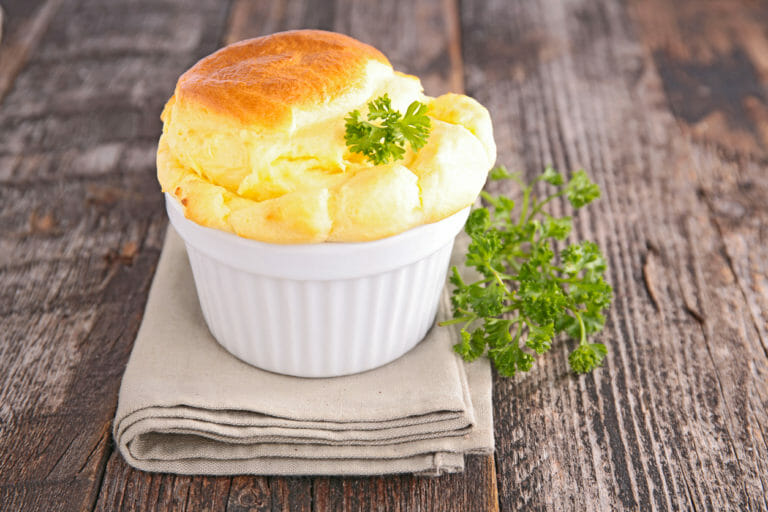
Comments (24)
The Perfect Pizza: A Symphony of Cheeses! - Food website
[…] Can refer to What four cheeses are used on pizza? […]
"How Long Should You Let Store-Bought Pizza Dough Rise for the Best Homemade Pizza Experience?" - Food website
[…] Can refer to How long does store-bought pizza dough need to rise? […]
Perfect Pizza: Ideal Cooking Temperature - Food website
[…] Can refer to What temperature for homemade pizza? […]
How Long Does Pizza Cook at 500 Degrees? - Food website
[…] Can refer to How long is pizza at 500? […]
"The Perfect Temperature for Baking Pizza Dough" - Food website
[…] Can refer to What temperature is pizza dough done at? […]
The Superiority of 00 Flour in Pizza Dough Making - food network
[…] Can refer to Can I use cheddar instead of mozzarella in pizza? […]
Gene
Good information.Another cheese i have used is stilton blue it adds a tangy flavor.
Anjelica
Yum!
Betty
Very informative article. Thank you.
Rachelle
God I love provel cheese. It’s good on salads too. Wish they sold it outside of Missouri.
IMOs pizza for life <3
Aleatha Carr
What a lovely and informative article! Thank you!
Kandy
I would love to see the Limburger Pizza recipe. My sister LOVES Limburger Cheese.
Jeff
So sorry about that! The recipe fell by the wayside when we made changes to our website, but we did find the same recipe out on the Internet. It was developed by our friends at the Wisconsin Milk Marketing Board. https://www.cooksrecipes.com/pizza_recipes/wisconsin_limburger_vegetable_pizza_recipe.html
Big city bob
Thanks for the great article. In Wisconsin, I use a blend of part skim mozz, provolone, and Alto’s Fontina available at Woodman’s. The fontina has a stronger smell, provolone browns better. For Chicago deep dish though, I use Schreiber sliced provolone between the crust and the filling. A true Uno’s pizza has crust, cheese, topping and drained high quality canned tomatoes on the top. The provolone seals the crust from getting soggy….. and Buffalo NY DOES have the best pizza !!
Linda Wilson
Best pizza in the world. Buffalo does it right. Buffalo is a foodies town. You can’t beat the variety of of foods Buffalo offers. Love Buffalo.
Linda
John T. JT
Informative article,
Pizza from the Buffalo New York area is the best. I’ve had pizza from all over the US and none is better then what they make in Western New York pizzerias
You love their chicken wings, you should try their Pizza
Clint Rogers
You are correct sir
Carmelo Milano
What’s the name of the pizza place ? Thks
joe
very informative
Maria DeFalco
I dislike papa johns,pizza hut,dominos, etc
There to damn watery when u pick up slice it
All cheese pours off…nor the cheese is horrible…
I have one favorite place
Omega MMMMMMMM.
i_man
I’m suspecting Brick, since it is somewhat regional, I’ll do some experimenting at home. Thanks!
i_man
I grew up in Wisconsin and I can remember a cheese flavor that I haven’t found anywhere else. There doesn’t seem to be a “wisconsin style” pizza but there is definitely something different about the local pizza places in central and south WI. Could this rich smoky flavored cheese be a blend including brick cheese? I know its hard to determine with out a specific restaurant but I know the flavor and have found it at multiple places in WI.
severson
I can’t think of anything specific to this area (Wisconsin Cheeseman is in south central WI), but if you remember something slightly smoky, a particular pizzeria could be adding a smoked cheese (such as brick) or provolone, some of which has added smoke flavor. Again, I’m not aware of this being a regional thing, though.
Sabrina Hillebert
I found this article very informative. Thank you. I have never had a St Louis style pizza, but it sounds like it’s right up my alley.